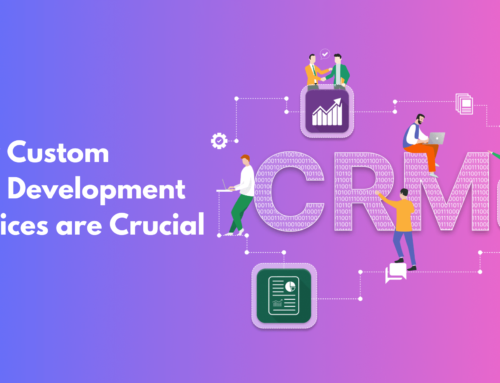Custom API development refers to the process of creating custom application programming interfaces (APIs) to allow different software systems to communicate with each other. API development is an essential part of modern software development, as it allows different systems to share data and functionality in a standardized way.
There are many different approaches to custom API development, and the process can vary depending on the specific requirements of the project. However, there are a few key steps that are common to most custom API development projects:
- Identify the needs and goals of the API: The first step in custom API development is to understand the needs and goals of the API. This includes identifying the target audience, determining the data or functionality that the API will need to provide, and setting performance and security goals.
- Design the API: Once the needs and goals of the API have been identified, the next step is to design the API. This includes determining the overall structure and layout of the API, as well as the specific endpoints and functions that it will include. It’s important to design the API in a way that is intuitive and easy to use, as well as scalable and flexible enough to accommodate future growth.
- Implement the API: After the API has been designed, the next step is to implement it. This involves writing the code that will power the API, as well as testing it to ensure that it functions as intended.
- Document the API: Once the API has been implemented, it’s important to provide thorough documentation to help developers understand how to use the API. This includes information on the specific endpoints and functions available, as well as any requirements or limitations.
Custom API development can be a complex process, but it is an essential part of modern software development. By following these steps, you can create a custom API that is tailored to your specific needs and goals, and that is easy to use and maintain.

